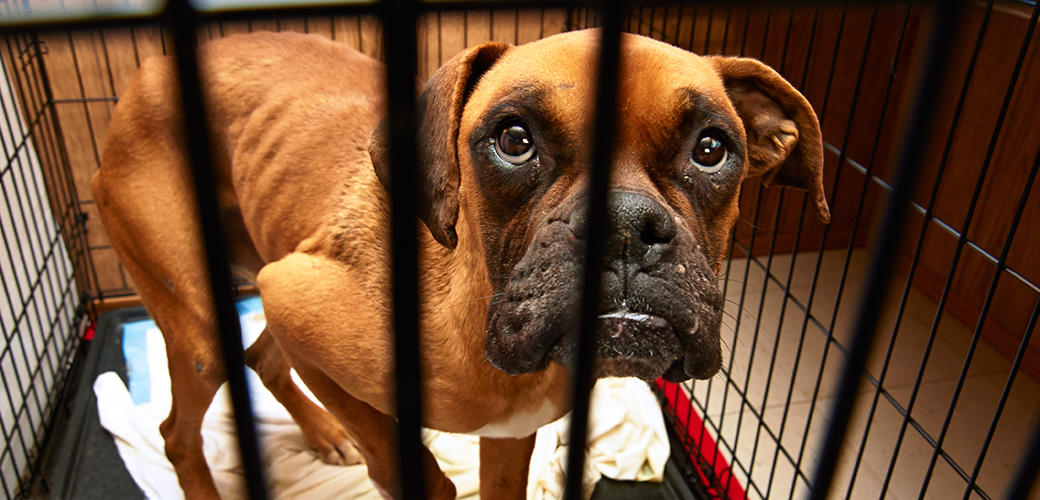Animal cruelty stands as a pervasive issue that transcends borders, socioeconomic statuses, and cultural distinctions. Reports of neglect, abuse, and abominable conditions for animals surface consistently, inciting outrage and a desire for change among conscientious citizens. What many may not understand, however, is the pivotal role that law enforcement agencies play in combatting this heinous behavior. An exploration into the mechanisms of intervention, arrest, and subsequent actions highlights not only the responsibilities of police but also underscores the collective duty of society to advocate for animal welfare.
To comprehend the full scope of their role, one must first recognize the various forms that animal cruelty can take. These range from overt acts of violence, such as physical abuse or torture, to more insidious forms, such as neglect, inadequate shelter, hunger, and lack of medical care. Such acts often elicit emotionally charged reactions from the public, reflecting a societal consensus that animals, much like humans, deserve protection and care. The awareness of these injustices brings forth a need to act, and the legal framework surrounding animal welfare varies significantly across jurisdictions. Nevertheless, it is the police that serve as the frontline responders when incidents of animal cruelty are reported.
When an individual witnesses or suspects animal cruelty, their first course of action should typically be to report the incident to local authorities. This can often mean calling the police or an animal control agency. Law enforcement personnel are trained to handle such reports seriously, utilizing their investigative skills to assess the situation accurately. The reaction and response of the police may indeed be a determining factor in the quest for justice for the afflicted animals. Upon receiving a report, officers will usually initiate an investigation, which may include gathering evidence, interviewing witnesses, and even consulting with veterinarians or animal welfare experts.
However, it is crucial to acknowledge that not every jurisdiction treats animal cruelty with the same urgency. Many police departments are ill-equipped or lack sufficient training specific to the nuances of animal cruelty cases. This deficiency can lead to minimal initial responses that fail to address the severity of the issue. Such inconsistency can mirror broader societal attitudes towards animal welfare; in communities where animals are viewed predominantly as property, the impetus for severe legal repercussions may be less pronounced. Conversely, in areas where there is a robust culture of care for animals, police response may be more adamant. It underscores the importance of community advocacy in shaping law enforcement actions.
Once an investigation is underway, officers have various options available to them. If there is sufficient evidence substantiating the claim of cruelty, police may solicit warrants for seizure of the animals involved. This is often a critical step in safeguarding the well-being of animals. Furthermore, if the investigation uncovers blatant violations of animal cruelty laws, arrests may follow. The apprehension of offenders typically involves gathering sufficient evidence to create a compelling case for prosecution. This may include obtaining photographs, witness statements, veterinary records, and any previous history of animal abuse.
As the legal process unfolds, it is essential for officers to collaborate with local animal welfare organizations and agencies. These partnerships can prove invaluable in establishing a thorough understanding of animal needs and appropriate care post-rescue. Engaging with qualified experts also promotes awareness among law enforcement officers about the specific laws in place, facilitating a more informed approach to the investigation as well as the prosecution. In some instances, officers may even participate in training programs designed to increase their competency in identifying and responding to animal cruelty cases.
When a crime results in charges and ultimately leads to court proceedings, the role of law enforcement extends beyond the immediate investigation. Officers may be called upon to testify about the findings from their investigations, advocating for the rights of the voiceless during court hearings. The judicial process acts as a deterrent not only for the accused but also sends a broader message concerning societal attitudes toward animal cruelty. A successful prosecution serves to illuminate the gravity of animal abuse, compelling communities to reflect on their treatment of animals.
Recognizing the emotional weight involved in these cases, the aftermath for both the saved animals and the offenders can be profound. Rescued animals must adjust to new environments where their needs are met and their well-being prioritized. For offenders, the legal repercussions may serve as a wake-up call, albeit one that is often accompanied by the need for community support and rehabilitation to deter future offenses.
While police play a critical role in addressing animal cruelty, the collective responsibility lies with society at large. Public education about animal rights and welfare is paramount. Empowering citizens to act when they observe cruelty can create a more compassionate community where neglect and abuse are actively challenged. The support of local organizations, schools, and community gatherings can foster awareness, building a robust network that amplifies the voices of those who cannot speak for themselves.
Ultimately, the fight against animal cruelty is a multifaceted endeavor requiring vigilance, compassion, and action from all sectors of society. Police officers play an irreplaceable role in this fight, yet they cannot succeed in isolation. By collaborating with the community, maintaining awareness, and advocating for robust laws, the dream of a world free from animal cruelty is not merely an aspiration – it becomes an achievable reality.







